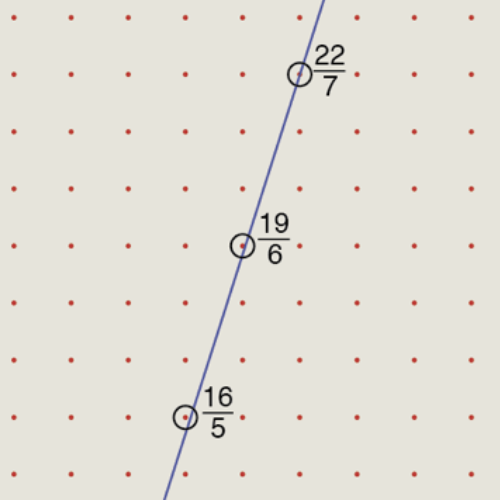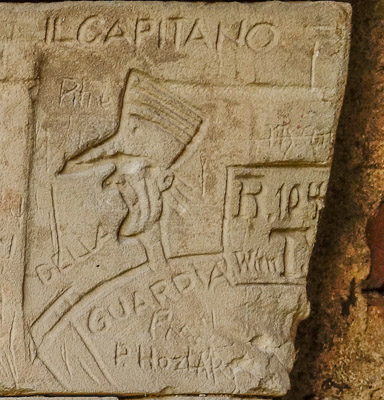Snowfakes
by Brian Hayes
Published 24 January 2008
My friends up north tell me they have quite enough snowflakes already, thank you. Nevertheless, Janko Gravner and David Griffeath are making more. Or, rather, they’re making snowfakes (the word is theirs, not mine):

In case there’s any doubt, the image above is not a photograph of a real snowflake; it’s an incredible simulation.
Mathematical and computational models of snowflakes have a long history, perhaps going back to the snowflake curve of Helge von Koch. I say “perhaps” because Koch, a Swede, seems not to have been much interested in snow; his 1904 paper on the subject was all about nowhere-differentiable everywhere-continuous curves. By the 1970s and 80s, however, there was a serious search for simple rules that would give rise to realistic snowflake patterns.
In a series of three long and detailed papers, all written over the course of little more than a year, Gravner and Griffeath recapitulate the entire history of this effort, and then they advance the state of the art. They begin with cellular automata, especially a model first discussed in 1984 by Norman H. Packard. They go on to two-dimensional models based on the idea of diffusion-limited aggregation (which is also the process that generated the banner atop the bit-player.org page). Finally they develop the three-dimensional model that produced the image above. They write:
The key features of our model are diffusion of vapor, anisotropic attachment of water molecules, and a narrow semi-liquid layer at the boundary. All three ingredients seems to be essential for faithful emulation of the morphology observed in nature.
All three papers and much more (movies, a slide show, even source code if you want your own snowfaking machine) are available at the Snowfake site. The first of the papers has also been published in Experimental Mathematics.
How much can these artificial snowflakes tell us about the formation of real ones? In modeling there always seems to be an interesting tension between simplicity and realism. Choose too crude an approximation and you never make contact with the real world; but a model that’s too complicated can be as hard to understand as nature itself. In this case, though, all three of the Gravner-Griffeath approaches seem to have something to teach us. Even the most abstract model, the cellular automaton, offers a hint of where those feathery patterns come from: an essential element of the automaton rules is that cells become active only if some but not all of their neighbors are active, favoring the growth of a structure that’s connected but not solid. The diffusion-limited aggregation models derive from a similar underlying principle but add a lot more physics, since the simulated water molecules can move through space. The 3D models include still more details and simulate the crystal-growth process in a way that begins to illuminate physical concepts such as the phase diagram.
For those who insist on real snowflakes, there’s the impressive work of Kenneth G. Libbrecht on exhibit at snowccrystals.com. (Don’t be put off by the sales pitch for the Snowflake Store; there’s good physics here.) Libbrecht has also written on snowflakes for my own magazine, American Scientist, but I’m not going to include a link because, sadly, the article is being held for ransom behind a paywall.
Publication history
First publication: 24 January 2008
Converted to Eleventy framework: 22 April 2025


